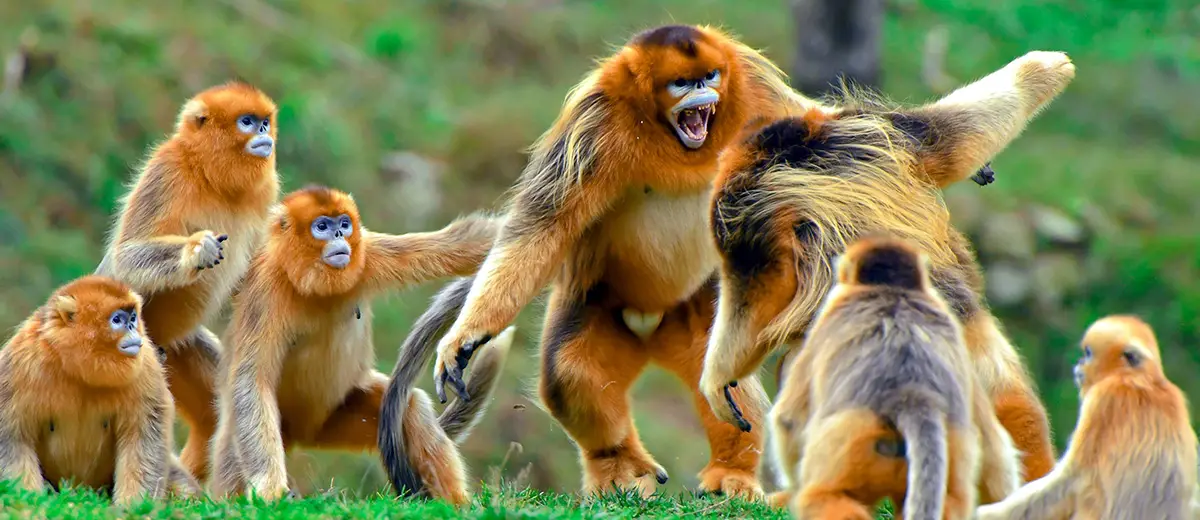North East India, with its lush green landscapes and diverse ecosystems, is a treasure trove of biodiversity. Among the various wildlife species that call this region home, monkey types play a significant role in the intricate web of the ecosystem.
In this article, we will delve into the fascinating world of primates in North East India, shedding light on the different types of monkeys that inhabit this region.
The Varied Monkey Species of North East India
North East India boasts a remarkable variety of monkey species, each adapted to its unique habitat. From the dense forests of Meghalaya to the riverine landscapes of Assam, these primates contribute to the region’s rich ecological tapestry. Let’s explore some of the prominent monkey species found in this biodiverse corner of the country.
Hoolock Gibbons – Aerial Acrobats of the Canopy
The hoolock gibbons, with their distinctive white eyebrows and long arms, are among the most iconic primates found in North East India. These arboreal acrobats swing effortlessly through the canopy, showcasing their agility. Endemic to the region, hoolock gibbons are an essential part of the forest ecosystem, playing a crucial role in seed dispersal.
Assamese Macaques – Masters of Adaptation
In the forests of Assam, one encounters the Assamese macaque, a species known for its adaptability. These social monkey types form close-knit groups and have learned to thrive in a variety of environments, from evergreen forests to human-modified landscapes. Understanding the behavior and ecology of Assamese macaques provides valuable insights into the challenges and opportunities for wildlife conservation in North East India.
Capped Langurs – Guardians of the Treetops
Capped langurs, recognized by their striking black and white fur and crowned appearance, are another captivating monkey species found in the region. These langurs are often seen in large groups, moving gracefully through the treetops. Exploring their habitat preferences and social dynamics sheds light on the interconnectedness of North East India’s ecosystems.
The Threats to Monkey Populations in North East India
Despite their ecological importance, monkey populations in North East India face numerous threats. Habitat loss due to deforestation, human-wildlife conflict, and illegal wildlife trade pose significant challenges to their survival. Understanding these threats is crucial for implementing effective conservation strategies and ensuring the long-term well-being of these primates.
Conservation Efforts and Future Outlook
Conservation initiatives in North East India are underway to safeguard the diverse monkey species inhabiting the region. From establishing protected areas to community-based conservation projects, efforts are being made to address the threats and create a sustainable coexistence between humans and wildlife. Exploring these conservation endeavors provides hope for the future of North East India’s monkey populations.
Conclusion
North East India, with its enchanting landscapes and vibrant ecosystems, is home to a diverse array of monkey species. From the agile hoolock gibbons to the adaptable Assamese macaques and the striking capped langurs, these primates contribute to the region’s ecological balance.
